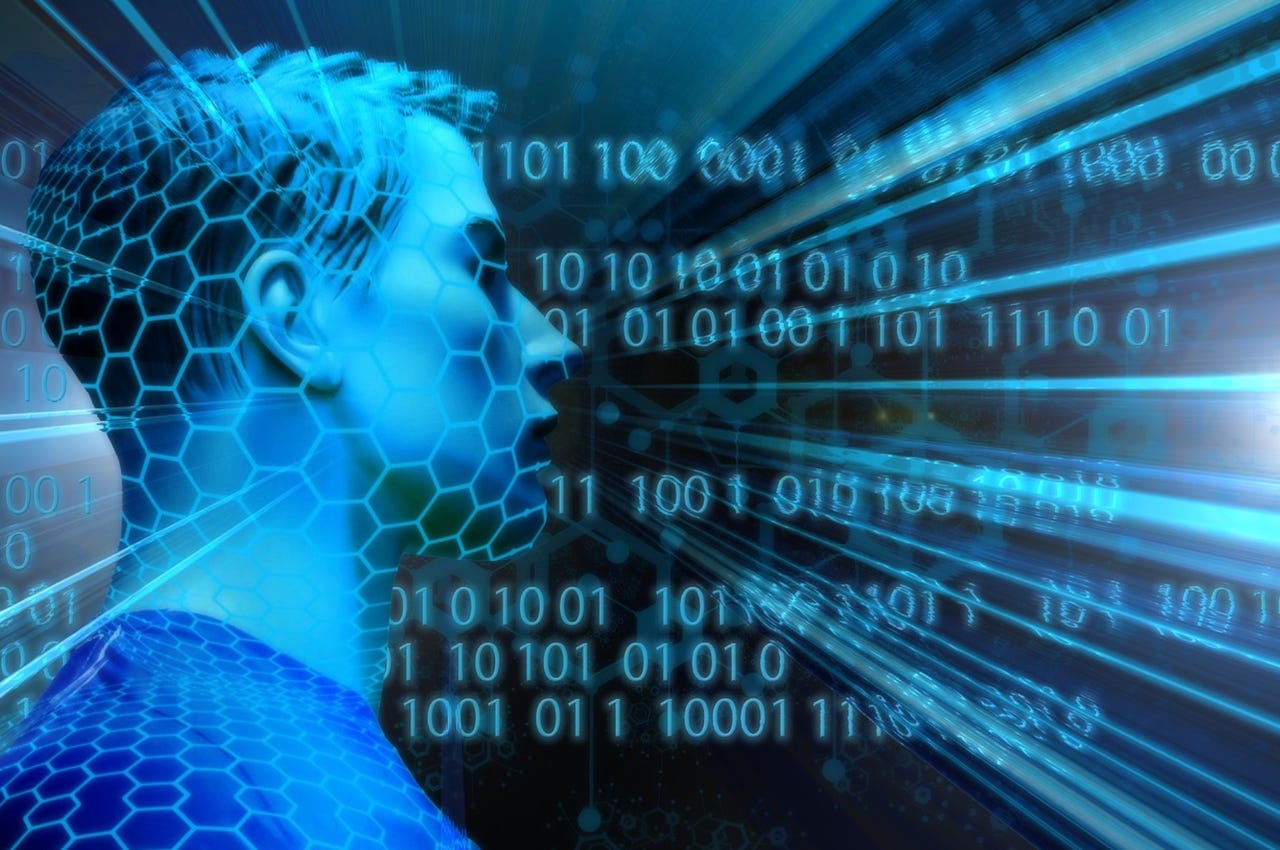DeepLocker: When malware turns artificial intelligence into a weapon


AI can be used to automatically detect and combat malware -- but this does not mean hackers can also use it to their advantage.
Security
Cybersecurity, in a world full of networked systems, data collection, Internet of Things (IoT) devices and mobility, has become a race between white hats and threat actors.
Traditional cybersecurity solutions, such as bolt-on antivirus software, are no longer enough. Cyberattackers are exploiting every possible avenue to steal data, infiltrate networks, disrupt critical systems, rinse bank accounts, and hold businesses to ransom.
The rise of state-sponsored attacks does not help, either.
Security researchers and response teams are often hard-pressed to keep up with constant attack attempts, as well as vulnerability and patch management in a time where computing is becoming ever-more sophisticated.
Artificial intelligence (AI) has been touted as a potential solution which could learn to detect suspicious behavior, stop cyberattackers in their tracks, and take some of the workload away from human teams.
However, the same technology can also be used by threat actors to augment their own attack methods.
According to IBM, the "AI era" could result in weaponized artificial intelligence. In order to study how AI could one day become a new tool in the arsenal of threat actors, IBM Research has developed an attack tool powered by artificial intelligence.
Dubbed DeepLocker, the AI-powered malware is "highly targeted and evasive," according to the research team.
The malware, carried along by systems such as video conferencing software, is dormant until it reaches a specific victim, who is identified through factors including facial recognition, geolocation, voice recognition, and potentially the analysis of data gleaned from sources such as online trackers and social media.
Once the target has been acquired, DeepLocker launches its attack.
"You can think of this capability as similar to a sniper attack in contrast to the "spray and pray" approach of traditional malware," IBM says. "It is designed to be stealthy and fly under the radar, avoiding detection until the very last moment when a specific target has been recognized."
DeepLocker's Deep Neural Network (DNN) model stipulates "trigger conditions" to execute a payload. If these conditions are not met -- and the target is not found -- then the malware remains locked up, which IBM says makes the malicious code "almost impossible to reverse engineer."
See also: Court orders community service for CoinVault ransomware operators
Finding a target, triggering a key, and executing a payload may bring to mind an "if this, then that" programming model. However, the DNN AI-model is far more convoluted and difficult to decipher.
To demonstrate DeepLocker's potential, the security researchers created a proof-of-concept (PoC) in which WannaCry ransomware was hidden in a video conferencing application. The malware was not detected by antivirus engines or sandboxing.
CNET: Homeland Security creates anti-hacking center to protect industries
The AI model was then trained to recognize the face of an individual selected for the test, and once spotted, the trigger condition would be met and the ransomware executed.
"What makes this AI-powered malware particularly dangerous is that similar to how nation-state malware works, it could infect millions of systems without ever being detected, only unleashing its malicious payload to specified targets which the malware operator defines," the research team added.
TechRepublic: 7 Ways to Make Yourself Hard to Hack
Thankfully, this kind of cyberthreat has not been actively used -- yet. However, DeepLocker was created in order to understand how AI could be bolted-on to current malware techniques and to research just what threats the enterprise and consumers alike may face in the future.